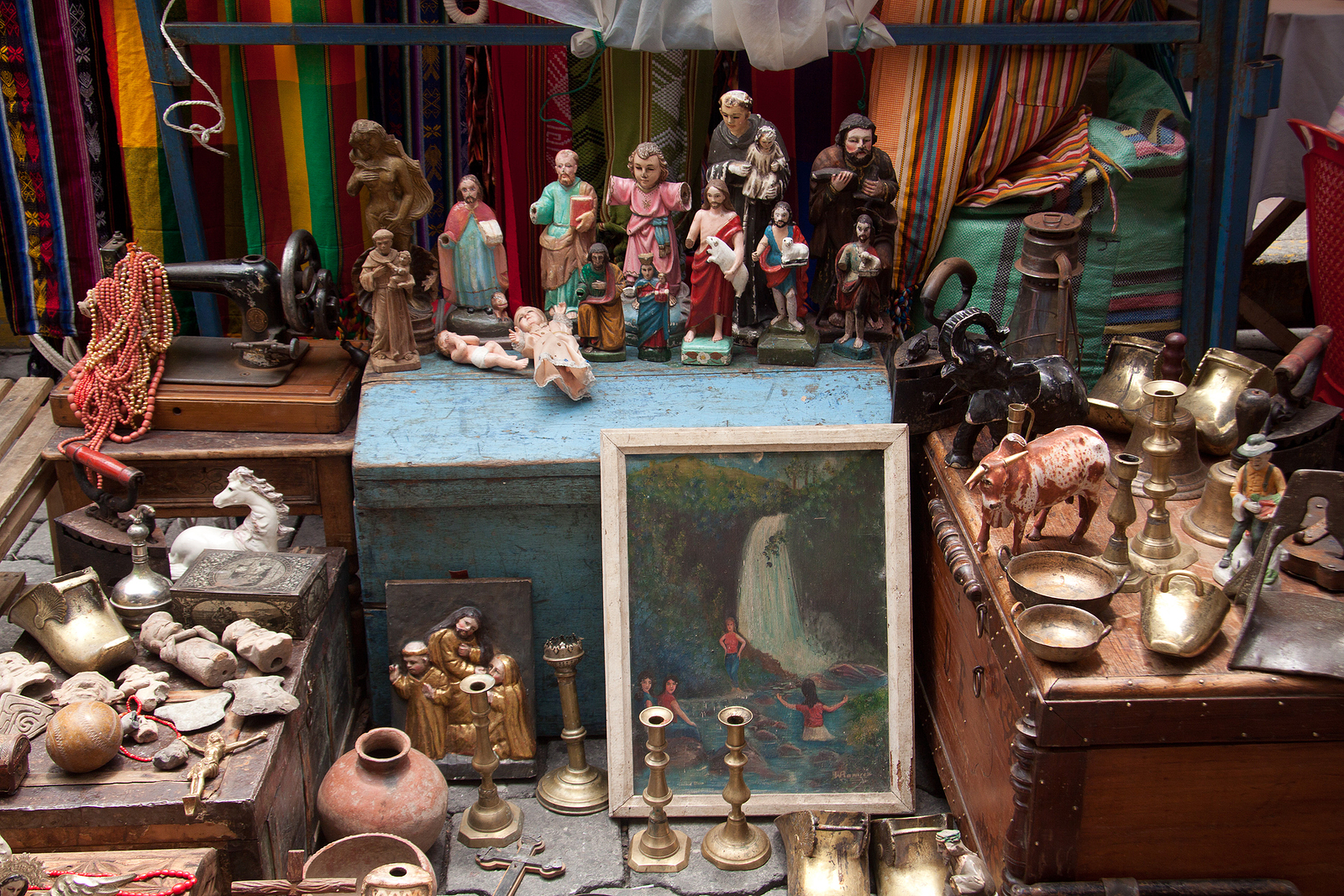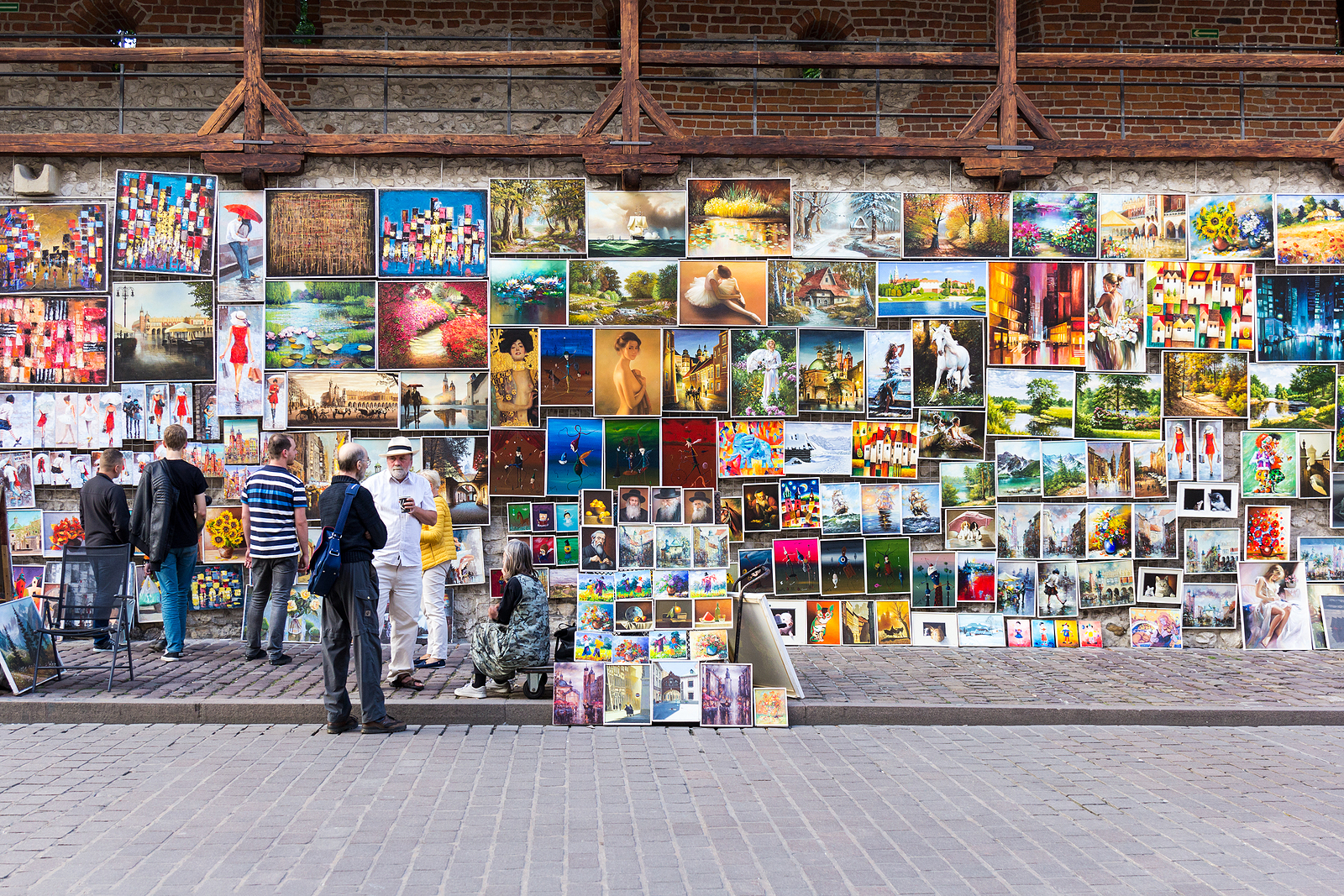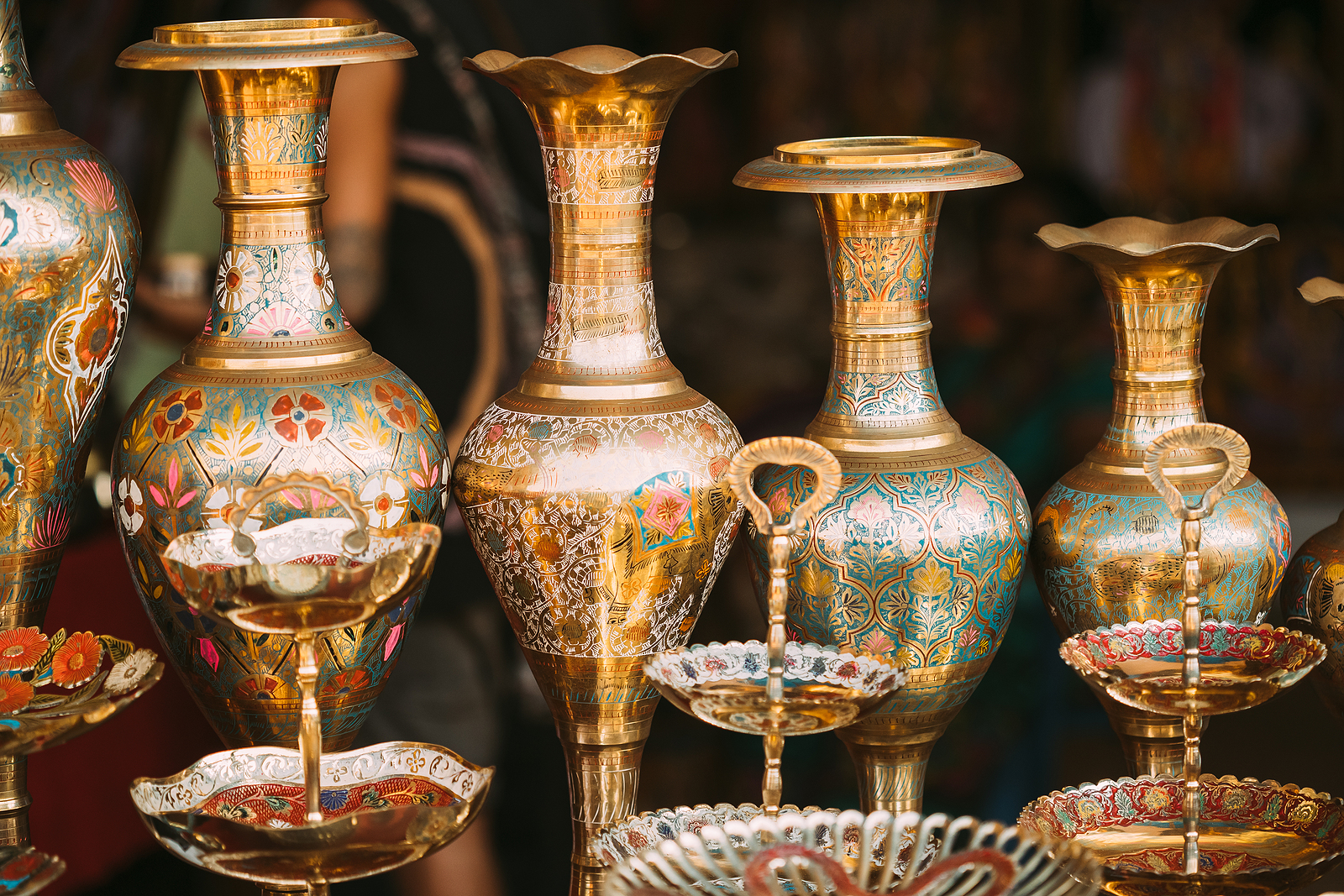4 Things to Remember When Buying Art and Antiques at Flea Markets

Buying art and antiques at flea markets is always a hell of an adventure. You never know what you will end up buying: a whim-wham or a stolen Renoir. As a rule, many emerging artists start selling their artworks at a flea market; at the same time, many art buyers do exactly the same thing when looking for fine art. It seems like both sides are satisfied. However, there are some buying essentials that you need to remember when you enter a flea market in search of valuables.
4 things to remember when buying art and antiques at flea markets
1. One chance rule
One chance rule is a pretty basic untold rule telling you that if you can buy an item, buy it. Otherwise, the chances are that you will never again see a vendor or their products in the future. That is how a flea market usually works.
2. Source?
One of the trickiest parts of buying art and antiques at a flea market is trying to find out an artist who created a piece. Most of the time, of course, you buy copies or art prints, not originals. However, a painting you have just purchased may have a shady past.
3. It is not about huggling
It is true that you can significantly lower the cost of an artwork by huggling with a seller. While this is a practically beneficial strategy, you should not start a fight over every single item you want to buy. It is counterproductive.
4. Setting goals matters
Flea markets are known for their wide variety of choices. For this reason, you should go there prepared because if you are hungry for aesthetics, you can start making knee-jerk decisions.
If you are going to buy art and antiques at flea markets, keep in mind these four essentials, as they might well save you lots of time and money.


